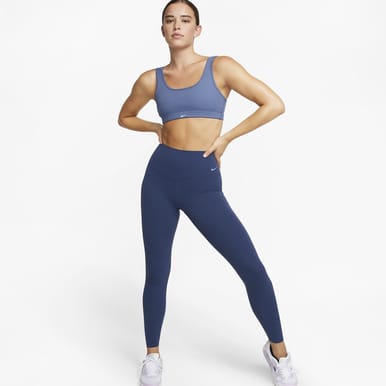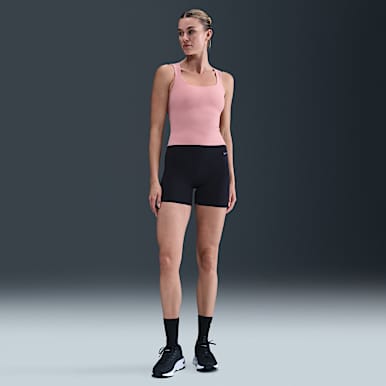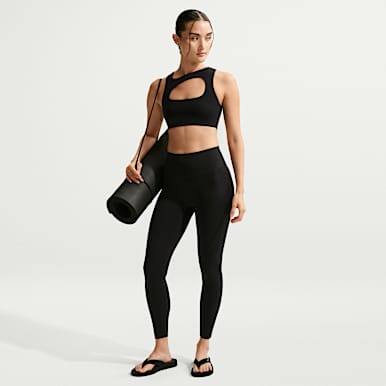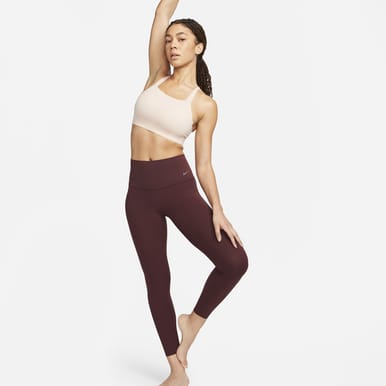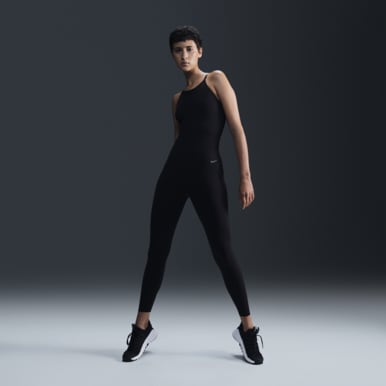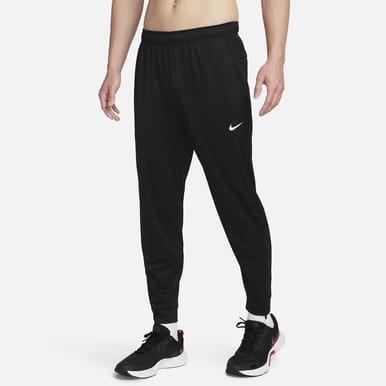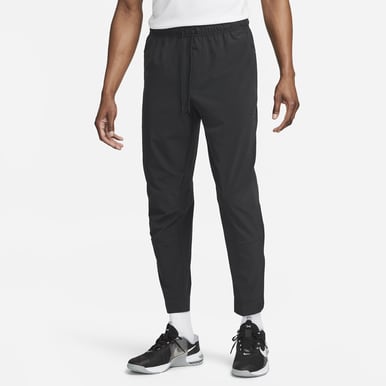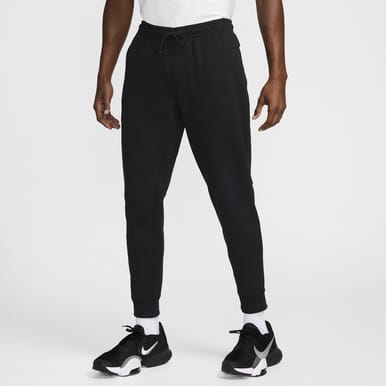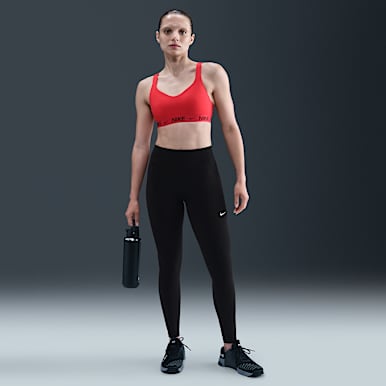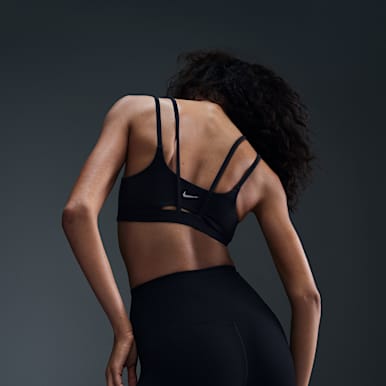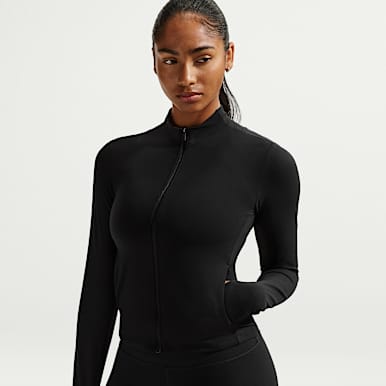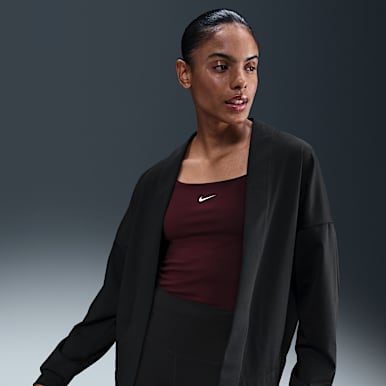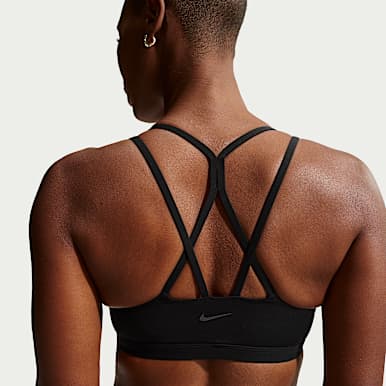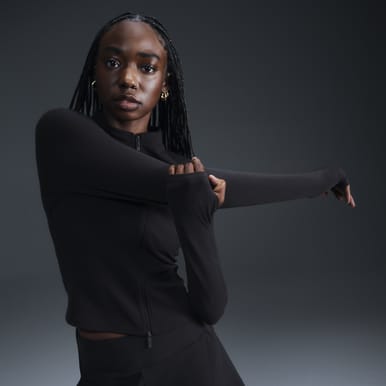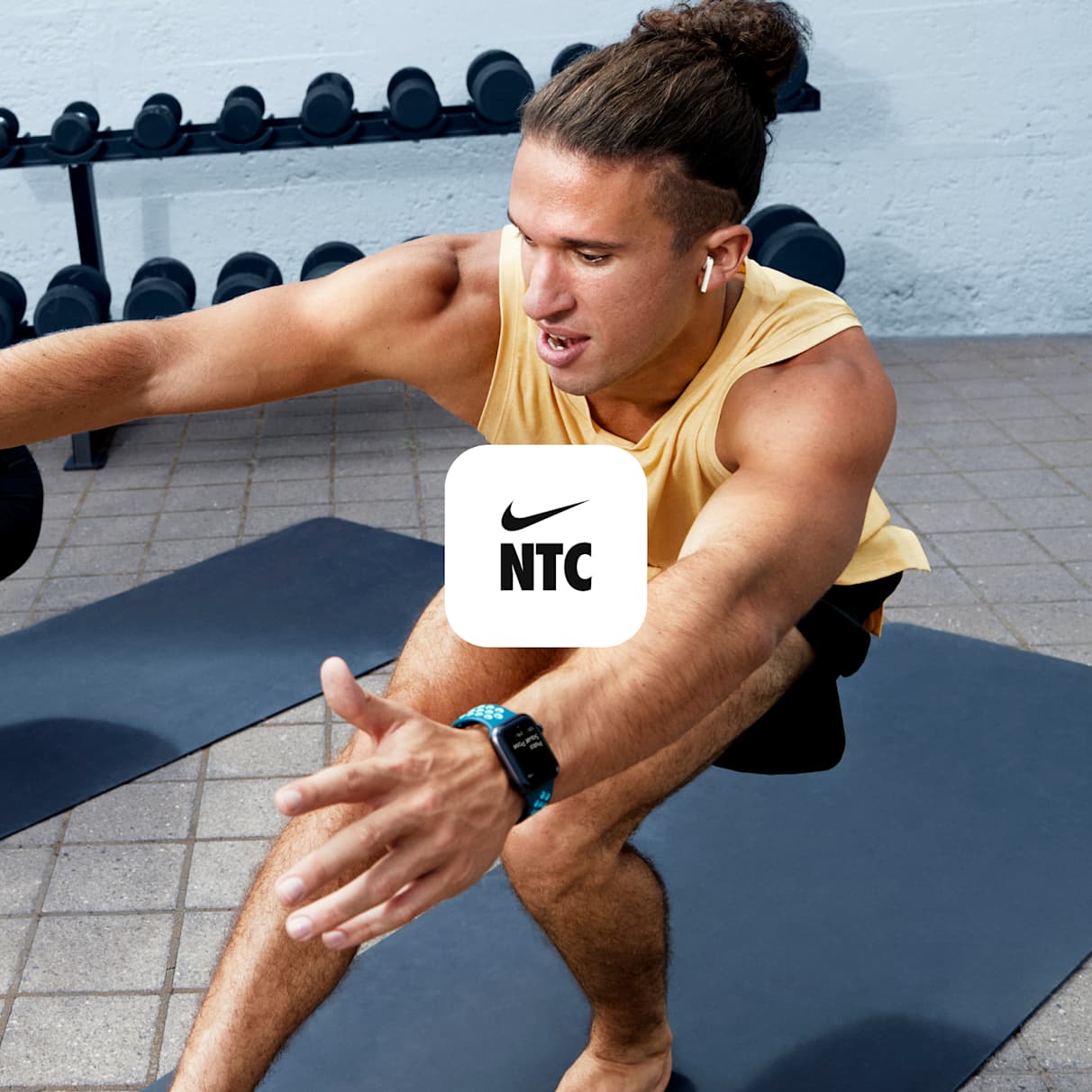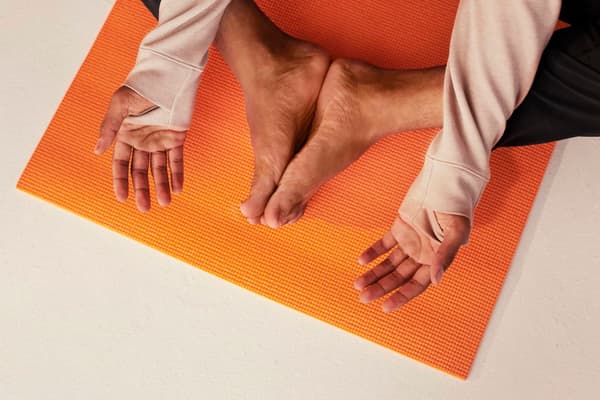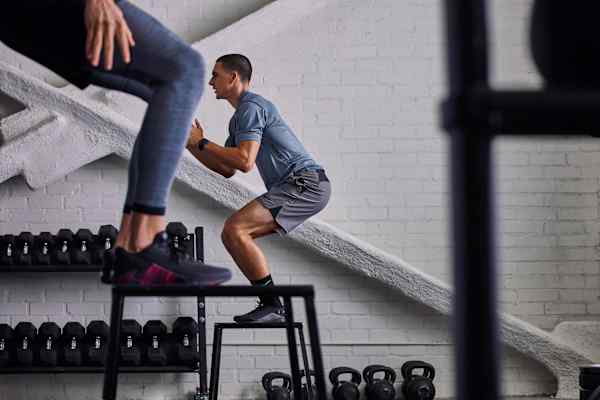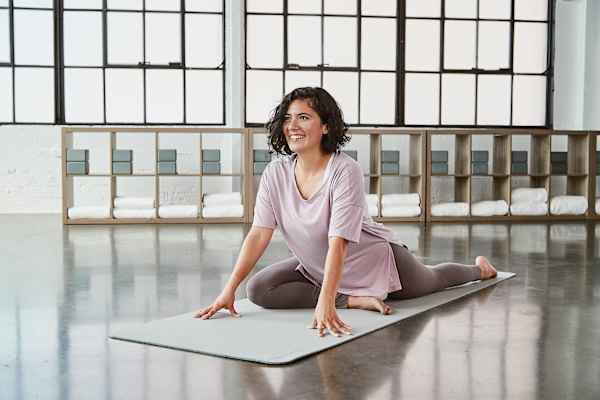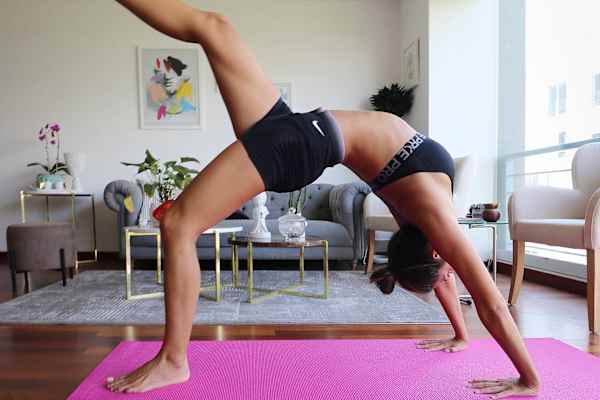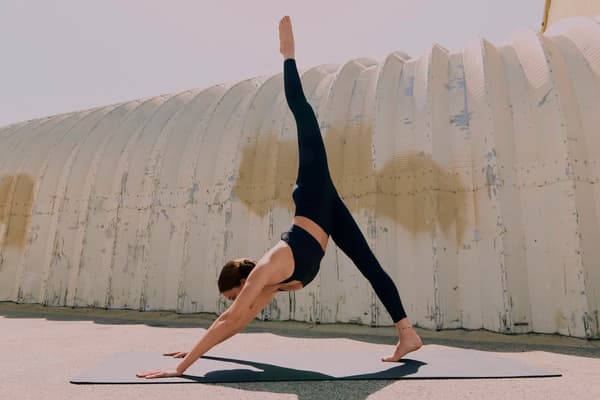9 Yoga Poses for Full-Body Flexibility
Activity
Loosen tight muscles and improve mobility with these yoga poses for flexibility. Learn how daily practice can increase range of motion and reduce stress.
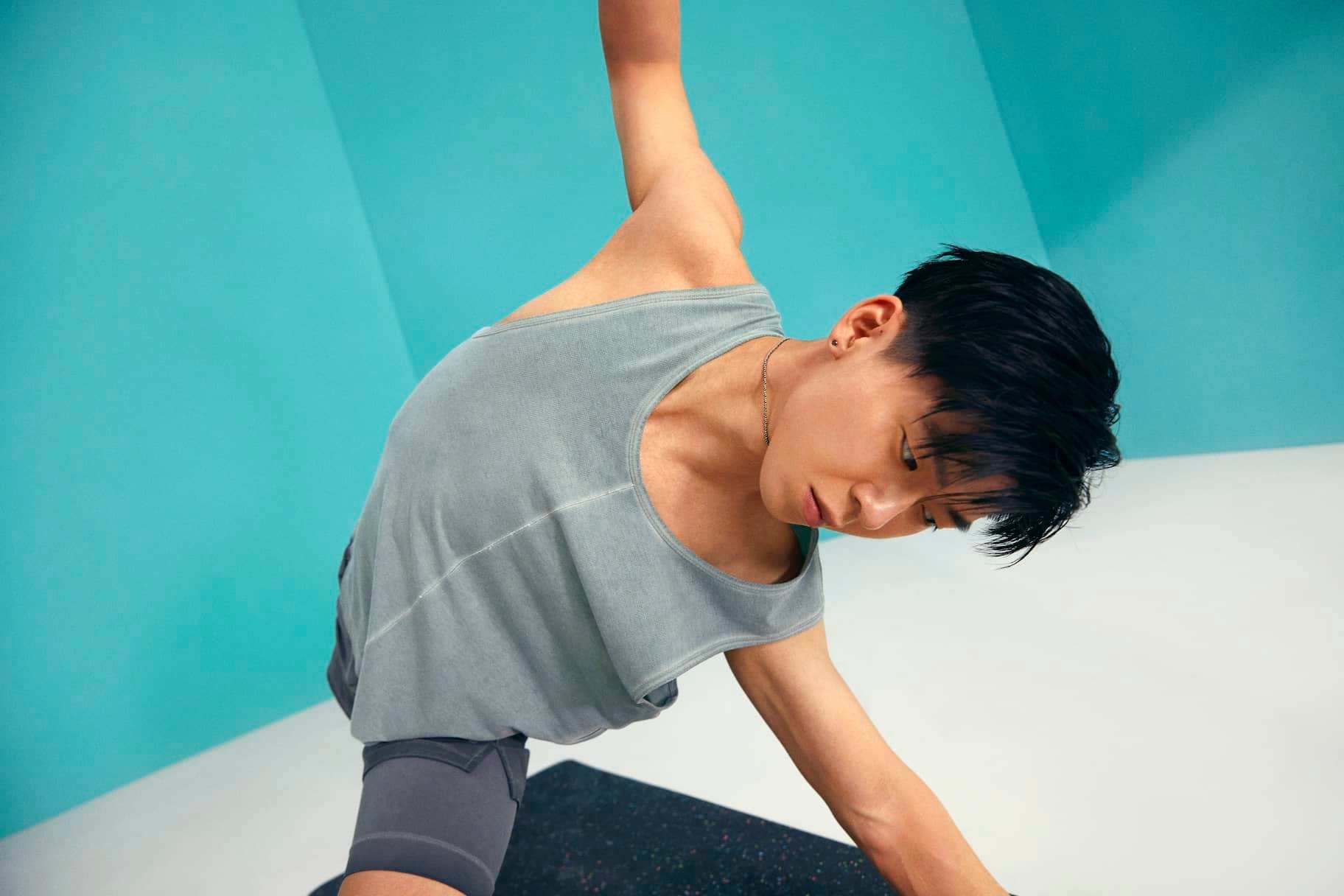
Improving flexibility through yoga takes consistency and gradual progression, not contortion. As you utilise yoga for flexibility, you'll tap into benefits that support your health, including reduced injury risk and better joint mobility, while also reducing stress and boosting recovery. More good news: just 10 to 20 minutes a day with key yoga poses can make a big difference in improving flexibility fast.
Consider these nine yoga poses to help release tension in tight areas like your hips, hamstrings and shoulders, helping you move with ease and prevent injury.
Yoga for Flexibility at a Glance
- Focus: yoga poses for tight hips, hamstrings and shoulders
- Level: beginner to intermediate
- Time: 10 to 20 minutes
- Benefits: improved mobility, posture and relaxation
How to Use This Routine
When working on getting more flexibility, strength and mobility through yoga, try to get in three to four of these poses daily, holding each for 30 to 60 seconds. You can also flow through all nine for a full-body mobility session. Either approach is helpful as beginner yoga stretches, as a warm-up before a more intense workout or as a way to increase flexibility through yoga over a series of weeks.
Best Yoga Poses for Flexibility
Reclined Hand-to-Big-Toe Pose (Supta Padangusthasana)
Opens hamstrings and calves.
- Lie on your back with your knees bent and feet flat on the floor.
- Raise your right knee and loop a yoga strap around the bottom of your right foot.
- Extend the left leg flat along the floor.
- Lift your right leg slowly to the sky and keep your leg as straight as possible while flexing your foot. You should feel this in your hamstrings, hips and calves.
- Don't worry about how high you lift your leg. The point is to try to keep it as straight as possible while you hold on to the sides of the strap with your hands.
- After a few breaths, slowly lower your right leg, switch the strap to the left leg and repeat.
Cobra Pose (Bhujangasana)
Increases spinal flexibility and back strength.
- Lie face down on the ground. With your elbows bent, place your hands flat on the floor directly underneath your shoulders.
- As you inhale, press your torso up slowly off the floor with your neck in a neutral position—your gaze should stay on the floor, rather than looking up.
- Exhale as you release and move back down to put your chest to the floor.
- Repeat several times.
Tip: if you're a beginner or have back pain, you may want to try Baby Cobra first. In Baby Cobra, your elbows are bent and held next to your ribs, as you slowly push up halfway, rather than straightening your arms completely.
Bow Pose (Dhanurasana)
Deep front-body opener.
- Begin on your stomach, with your hands next to your sides, palms facing up.
- Bend your knees and bring your heels towards your butt.
- Reach back with your hands and grab onto your ankles.
- If you're unable to reach back with your hands, use a yoga strap, sheet or thin towel.
- On an inhale, slowly lift your thighs off the floor and pull your heels away from your glutes. This will naturally lift your chest and pull your shoulders back.
Eagle Pose (Garudasana)
Improves balance and stretches shoulders.
- Start standing with your feet flat on the ground and your arms by your side.
- Optional: lift your left foot and cross it over your right shin, then squat down while keeping your spine straight.
- Cross your left arm underneath your right and bend your elbows so your hands move towards your face.
- Your forearms should be perpendicular to the floor.
- At this point, you should feel a stretch in your shoulder blades.
- Make sure your fingers are pointing to the ceiling.
- Squeeze your arms and press your palms together.
- Stay in this position for 15 to 30 seconds, then switch legs and arms.
Tip: you may only want to cross your arms initially and practise the balance portion with crossed legs another time.
Standing Forward Fold (Uttanasana)
Lengthens hamstrings and releases back tension.
- Stand with your feet flat on the floor and hands on your hips.
- Exhale and bend forwards from the hips, not the waist. Keep your knees straight (not locked out), but bend them slightly as necessary.
- Place your palms or fingertips on the floor or put your hands behind your neck to give your torso more weight for a deeper stretch.
- Let your head hang so your gaze is between your thighs.
- Stay in the pose for 30 to 60 seconds.
Tip: when you fold forwards, make sure your hips are over your ankles and slightly bend your knees (or bend them a lot if you feel too much of a strain on your hamstrings). While you're in this pose, use your hands to grab opposite elbows and let your torso hang as you sway side to side.
Seated Wide-Legged Fold (Upavistha Konasana)
Opens inner thighs and hips.
- Start in a sitting pose on the ground with your legs spread in a wide "V" in front of you.
- Lift your arms over your head and keep your back straight as you bend forwards.
- Breathe out.
- Reach your hands towards your feet. Grab your shins or ankles if you can't quite reach your feet.
- You can also use a strap over each foot to pull your torso closer to your feet.
- Breathe in and reach for your feet or toes as you breathe out.
Downward-Facing Dog (Adho Mukha Svanasana)
Stretches hamstrings, calves and shoulders.
- Start in a tabletop position on all fours—hands under shoulders and knees under hips.
- Lift your knees from the floor so your legs are straight and your feet are flat on the floor.
- Your arms should be straight too, with palms flat on the floor.
- Your biceps should be next to your ears and you should feel the stretch in your shoulder blades.
- Pedal out your feet slowly so your heels alternate touching the floor.
- Breathe in and out and stay inverted for at least five breaths.
Pyramid Pose (Parsvottanasana)
Deep hamstring stretch with hip alignment.
- From downward-facing dog (see above), step your right foot so it's between your hands and you're in a runner's lunge. Both feet should face the front of the mat.
- Lower your left heel and rotate it out about 45 degrees.
- Straighten both legs as much as you can, and with a flat back, move your forehead towards your right shin as you inhale. (Use blocks to rest your hands on, if needed.)
- Exhale and move your torso closer to your right knee.
- Repeat for five breaths before switching legs.
Pigeon Pose (Eka Pada Rajakapotasana)
Releases hip tension and improves mobility.
- Start in downward-facing dog (see above) and lift your right leg up towards the ceiling.
- Bring that leg forwards towards your hands and move your right knee to the floor, placing it on the outside of your right hand, and your right foot behind your left hand. Your shin should be perpendicular to your body.
- Lower your left knee to the mat, making sure that your left foot is pointing straight back.
- Square your hips to the front of your yoga mat.
- Slowly move your torso down and fold over your right leg.
- Reach your forehead towards the floor.
- Breathe for five breaths, then switch legs.
Tip: if your front leg and glutes don't quite touch the floor, use a block or padding underneath your hips to provide cushion and support.
Benefits of Flexibility
When trying to establish consistency in a yoga practice, it's helpful to understand the benefits of what you're working towards. Research suggests there are several main advantages to improving flexibility with yoga:
- Boosts joint mobility and posture
- Improves muscular endurance
- Reduces injury risk
- Improves relaxation and stress recovery
In terms of how long it takes to become more flexible, that varies from person to person and depends on factors like your current level of mobility and range of motion. No matter where you're at, however, consistent practice of 10 to 20 minutes daily typically improves flexibility within four to eight weeks. For lasting results, pair your yoga-for-flexibility practice with mindful breathing and active-recovery days.
FAQs
How often should I do yoga to get flexible?
Any amount of time you can put into a yoga practice is helpful, but try to do at least a 10-minute practice daily for best flexibility results.
Which yoga poses are best for tight hamstrings?
Yoga poses for tight hamstrings are reclined hand-to-big-toe pose, standing forward fold, downward-facing dog and pyramid pose.
Can beginners improve flexibility with yoga?
Absolutely, especially if the yoga practice is done consistently. Yoga can help with flexibility no matter how long you've been practising, even if today is day one.
